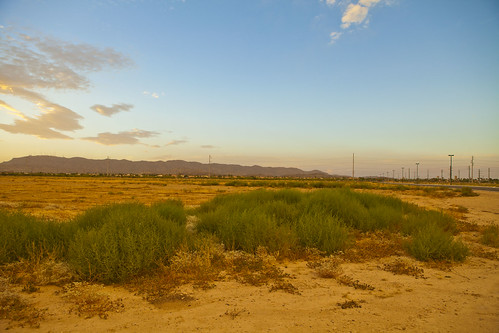Taking Your Sinuses to the Desert
Sinusitis in a Desert Environment
Living in Phoenix presents unique problems for the sinuses. The sinuses need a constant flow of mucous to stay healthy. Individuals who grew up in a humid environment like Chicago, Portland, or Atlanta and then move to Ahwatukee, Chandler, or Maricopa, may suddenly find that the dry climate of their new home does not provide enough moisture to keep the sinuses functioning as usual.
Like the excessive tearing associated with chronic dry eyes, the sinuses may respond to the dry conditions by producing too much mucous, leading to post nasal drip syndrome, the nagging sensation of mucous in the the back of the throat frequent throat clearing, and cough. In addition, the amount of suspended fine particles in the air such as quartz and diesel particles, is greater in the desert, and when breathed can damage the lining of the nose, sinuses, and airways leading to tissue injury and chronic inflammation. The inflaming effect of particulates and other air pollutants may heighten the effect of air-born pollen and mold. The result if more severe allergies, asthma, and sinus problems.



